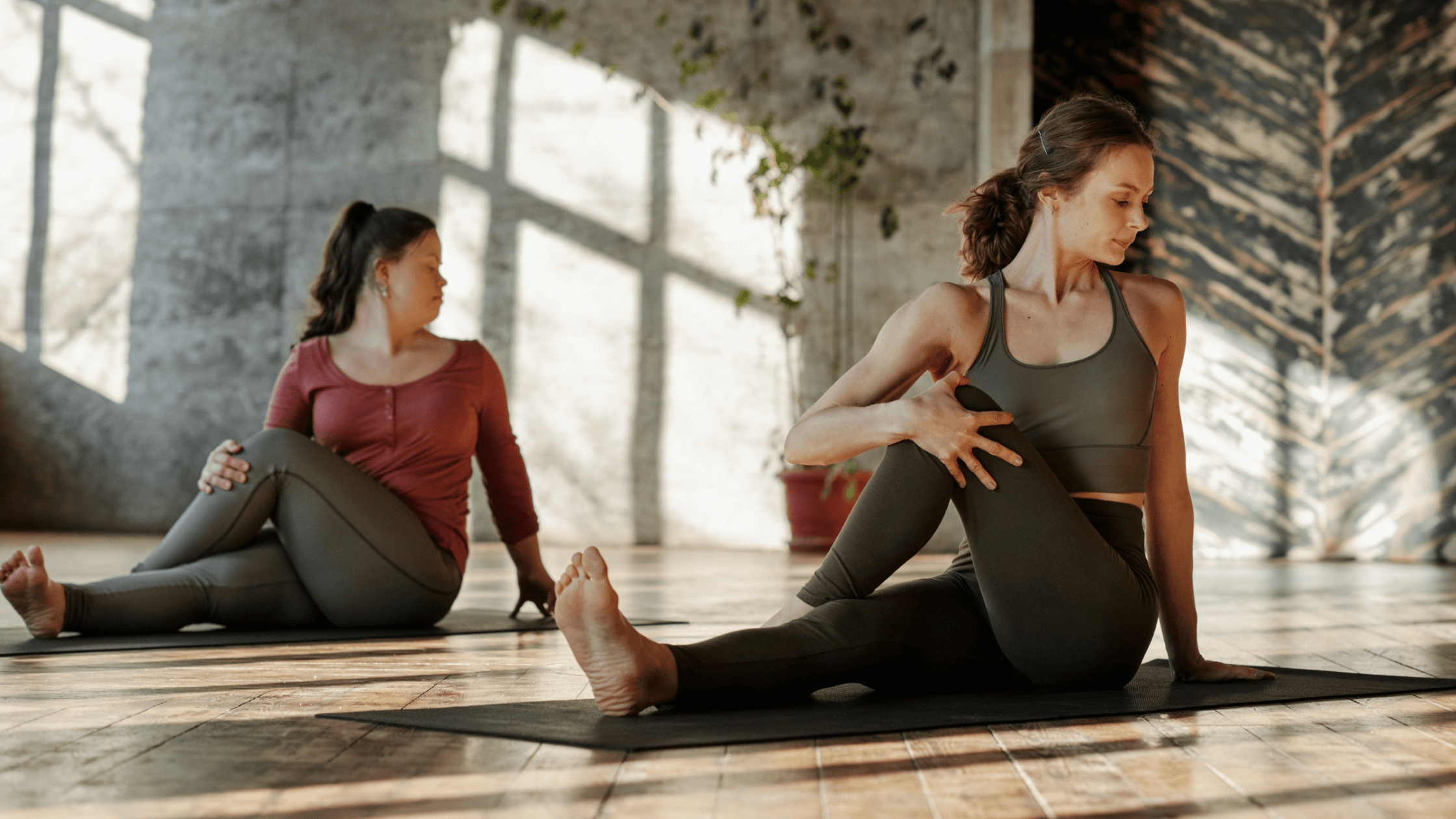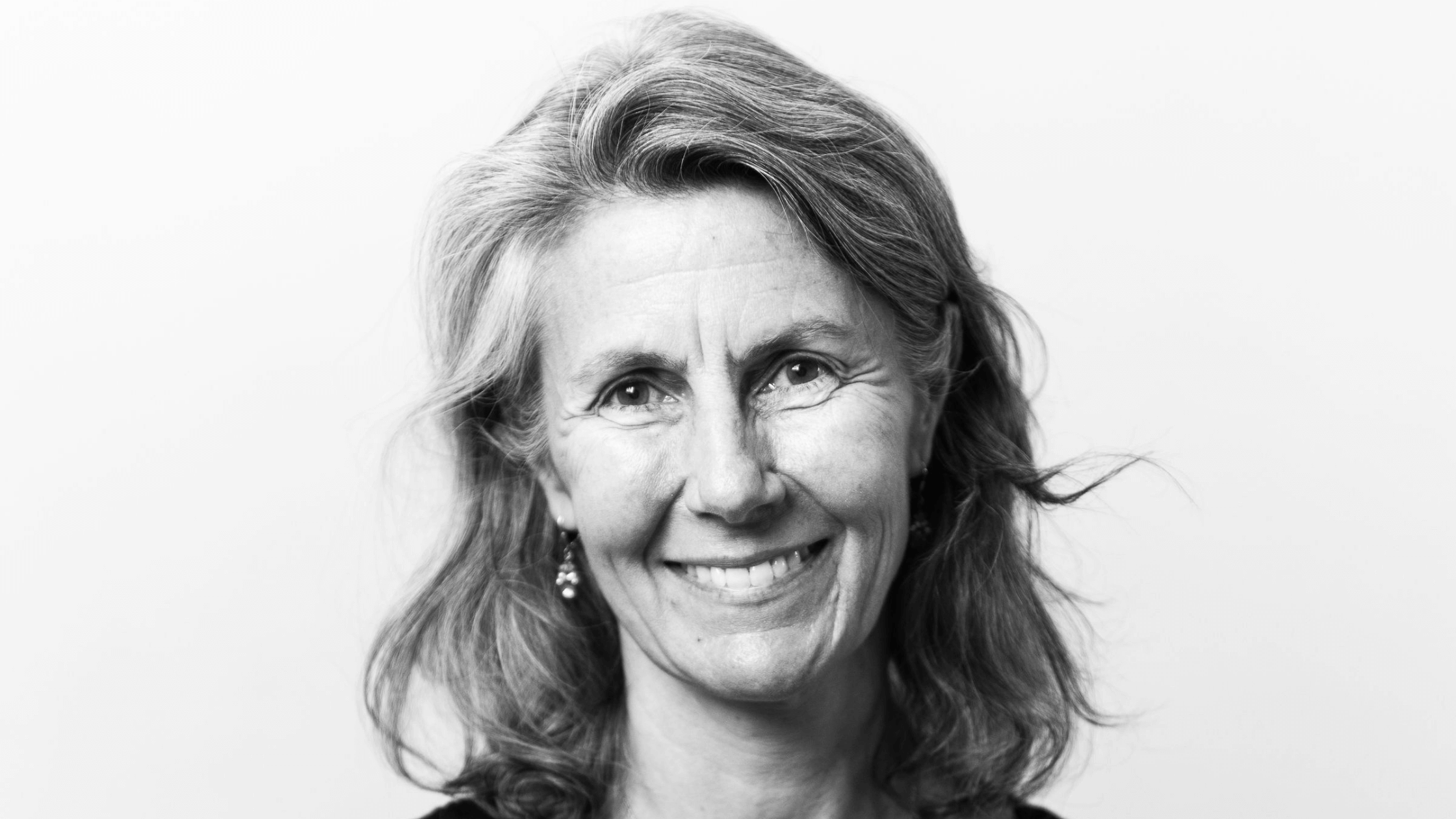Yoga vs. Pilates: Which Movement Practice Is Best For Me?

PT, DPT // Licensed Physical Therapist // CoreAlign Instructor // Lead Pilates Instructor // EW Motion Therapy Homewood
If you want to start a new fitness class, your options can be overwhelming. You may have friends inviting you to Zumba or your neighbor recommending a barre class, but two options you have are yoga and Pilates. You may know a little bit about each - they both involve stretching of some kind. But what makes them different practices? And which one should you try?
Both yoga and Pilates are fantastic for improving strength, flexibility, and maintaining joint health, among many other things, but they are different in a few ways, including the equipment used. We teach yoga and Pilates classes at EW Motion Therapy, and many of our instructors are licensed physical therapists. If you begin either movement practice with us, your instructor will ensure the class is tailored to your body’s needs and will work with you to achieve your health and wellness goals. But even if you decide that our classes aren’t suitable for you, we still want you to learn more about the differences between Pilates and yoga.
This article discusses the differences and similarities between yoga and Pilates and when you should choose one over the other, or do both. With this information, you can continue your research and make the best decision.
How are Pilates and yoga similar?
Generally, yoga and Pilates have more similarities than they do differences. Pilates and yoga are adaptable, low-impact, rehabilitative movement practices that promote whole-body wellness from within. Both men and women can practice either Pilates or yoga, and you primarily use your body weight to strengthen during both, as opposed to adding additional weight. Both focus on strength, flexibility, posture, breath awareness, balance, and concentration to decrease stress. Additionally, you can use props to work certain joint structures with both practices, including mats, balls, and blocks. No matter which method you choose, it can be helpful to have a highly-skilled instructor present, especially if you have previous injuries, mobility concerns, or any other condition that might inhibit your practice.
How are Pilates and yoga different?
While both practices are similar, there are some critical differences between the two. First, yoga has been practiced for thousands of years, and it is more an ancient spiritual philosophy than a workout regimen. It emphasizes flexibility and incorporates mindfulness and breath, and there are many different types of yoga practice you could pursue depending on your goals. For example, if you are a senior with limited mobility, you could take an armchair yoga class to promote healthy movement while being sensitive to your body’s limits. While moves and stretches vary between the different types of yoga, most types only use a yoga mat and specific props, like blocks.
Compared to the thousand-year history of yoga, Pilates is relatively new. Joseph Pilates created it in the early 20th century, and while Joseph studied yoga and martial arts, he came up with something entirely distinct. No type of Pilates strays far from Joseph’s fundamental movements, which all emphasize core strength and incorporate mindfulness and breath. Pilates is adaptable in that you can only use a mat and props if you wish, but many other pieces of equipment are used in Pilates practice, including the reformer, chair, tower, and more.
Pilates equipment can seem overwhelming at first glance, but each piece is important to a wholistic Pilates practice. Learn more about Pilates equipment here.
When should I choose one over the other?
When you begin either yoga or Pilates, it is wise to find an experienced, knowledgeable instructor that you trust who can adapt a session to your specific needs. This is especially necessary if you have been injured or have certain medical conditions. For example, those with osteoporosis or spinal disc concerns may need specific modifications. One condition to note is glaucoma: glaucoma patients should not go upside down at any time, so they may have to modify some moves in each practice to accommodate that. Generally, both Pilates and yoga are accommodating and adaptable to any audience of any age.
What are some more benefits of Pilates?
Now you know more about the differences between Pilates and yoga. Pilates may seem more intimidating than yoga at first due to the different moves and pieces of equipment. Still, once you begin with an instructor you trust, you can build core strength, increase flexibility, practice mindfulness, and adopt a movement practice you can pursue for a lifetime.
The personal fitness world is vast, and it is easy to become overwhelmed with options. But if you’re looking for a low-impact workout that incorporates breathing and reduces stress, Pilates or yoga would be an excellent choice. We teach Pilates and yoga classes at EW Motion Therapy, and many of our instructors are licensed physical therapists. If you’re curious about Pilates, click the button below to download our answers to 20 frequently-asked Pilates questions.

